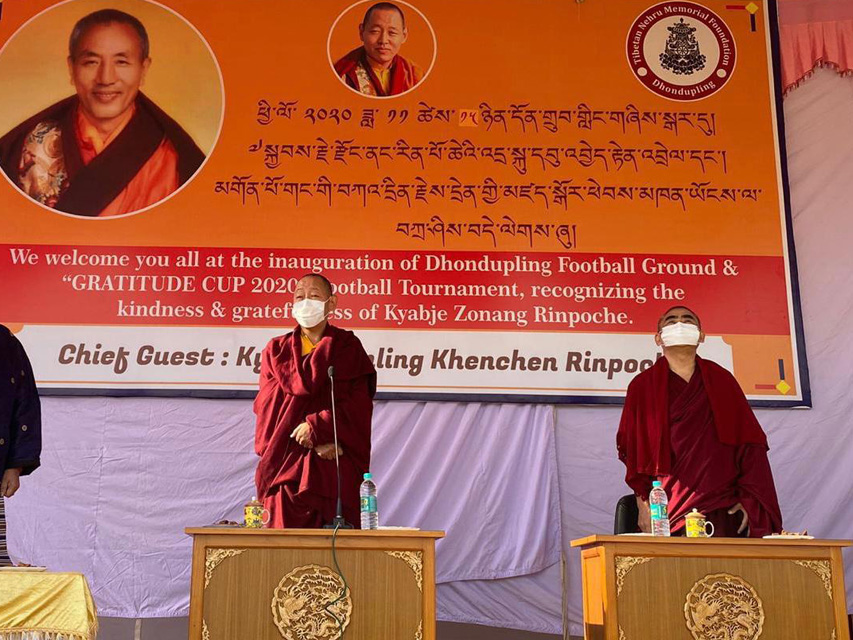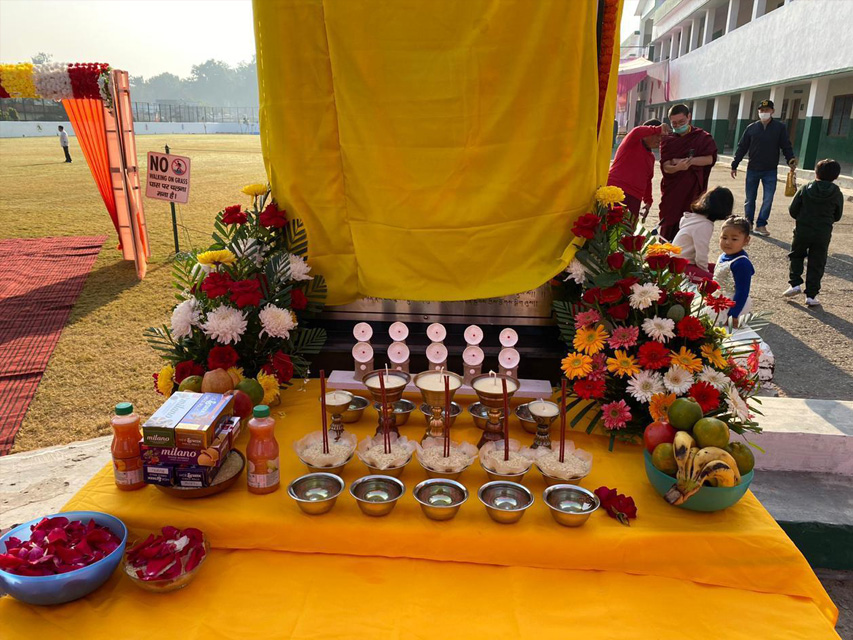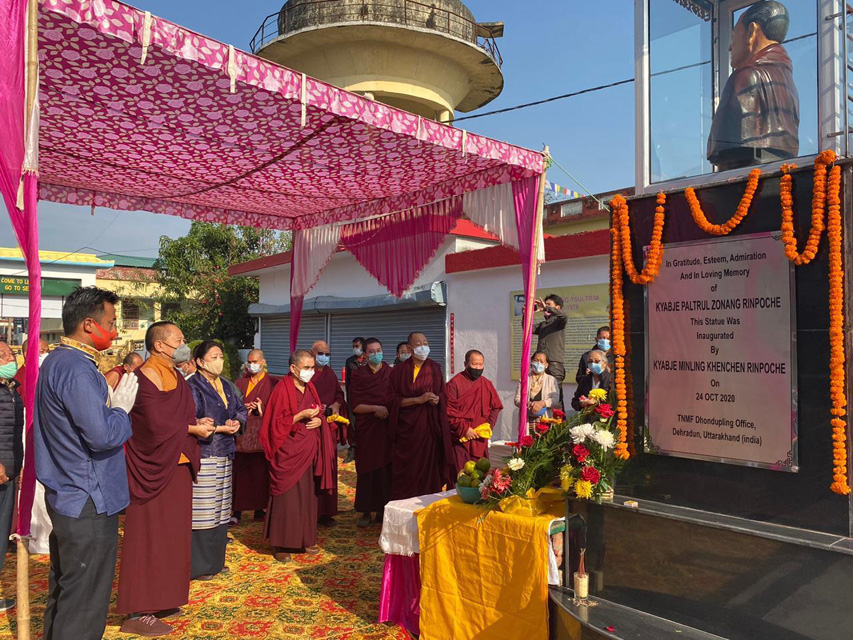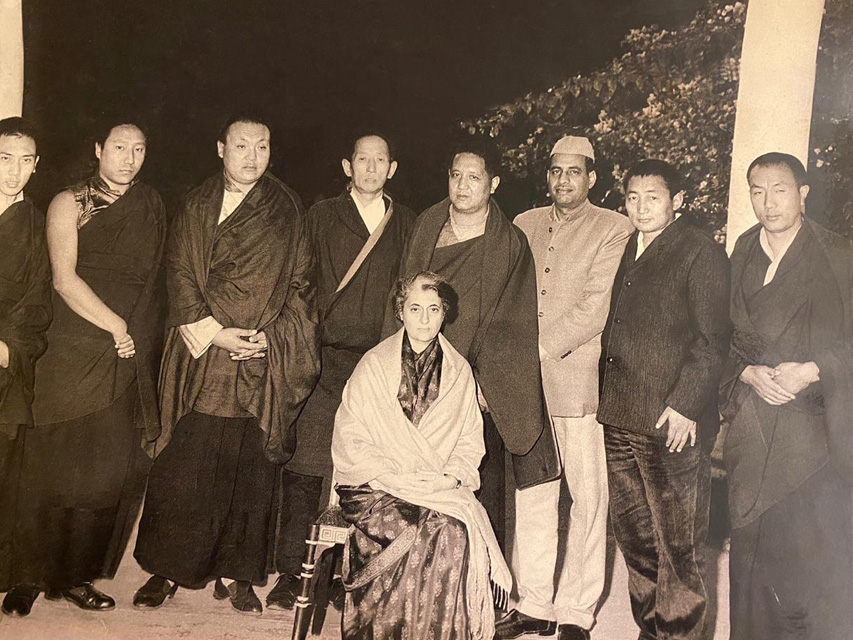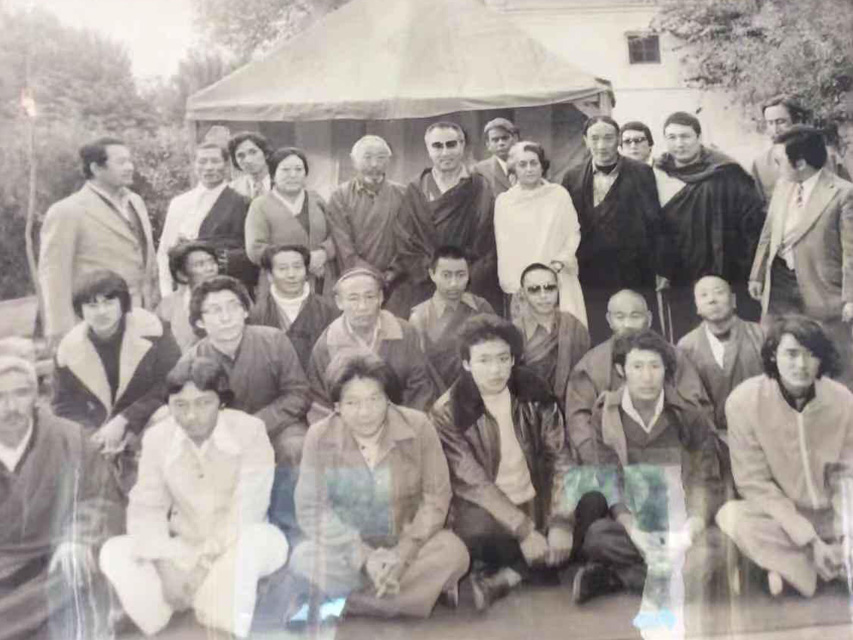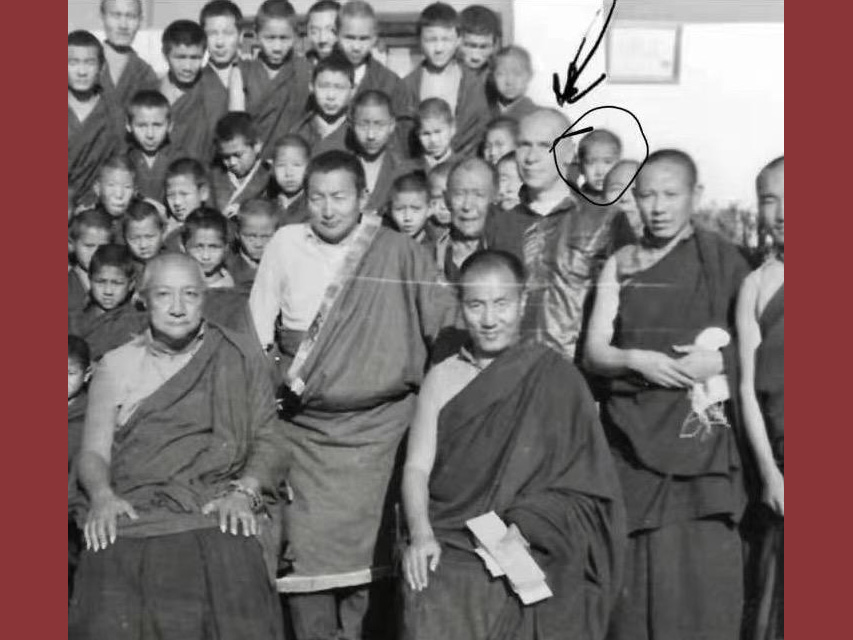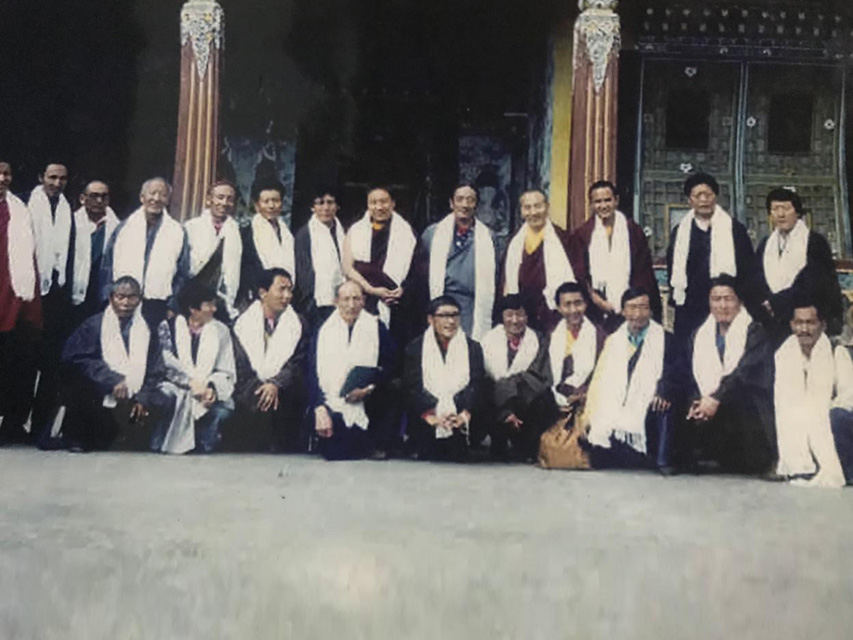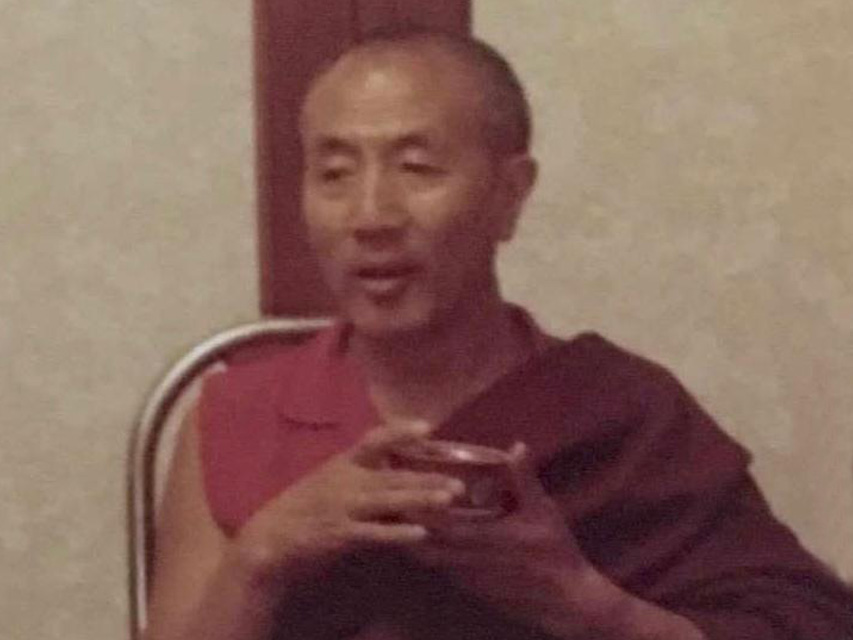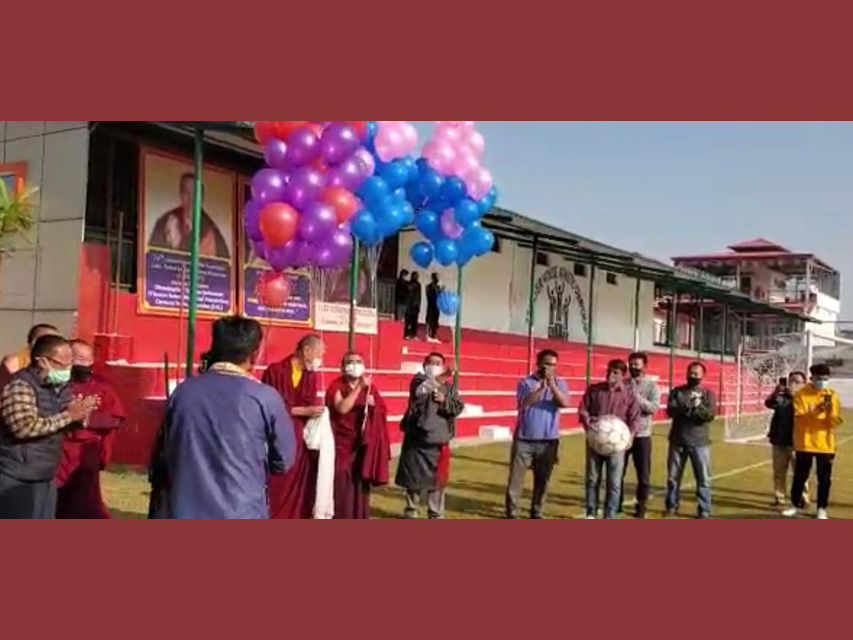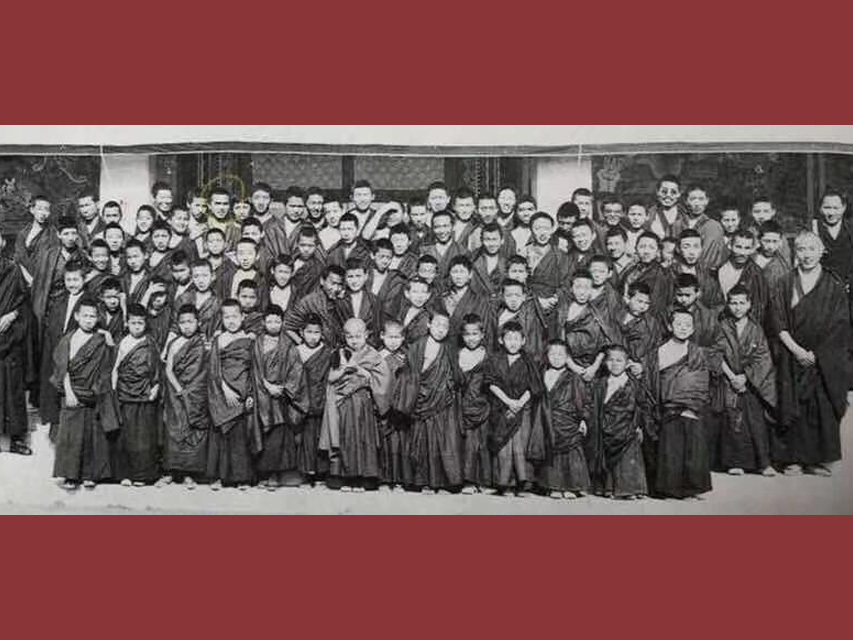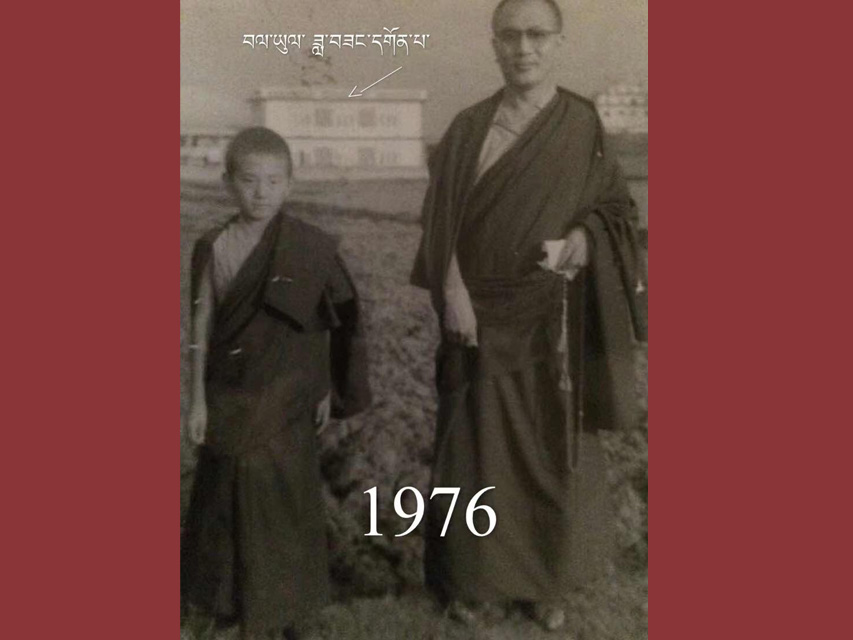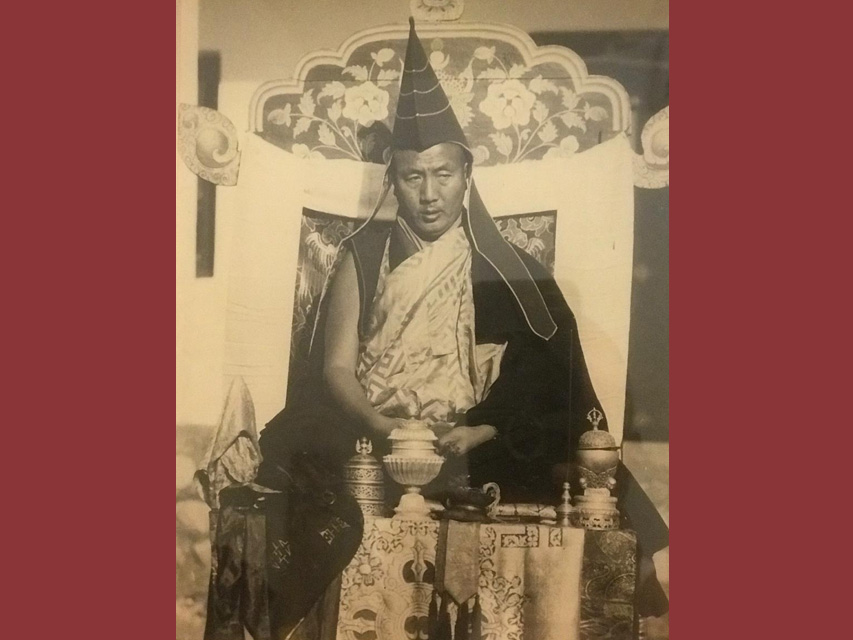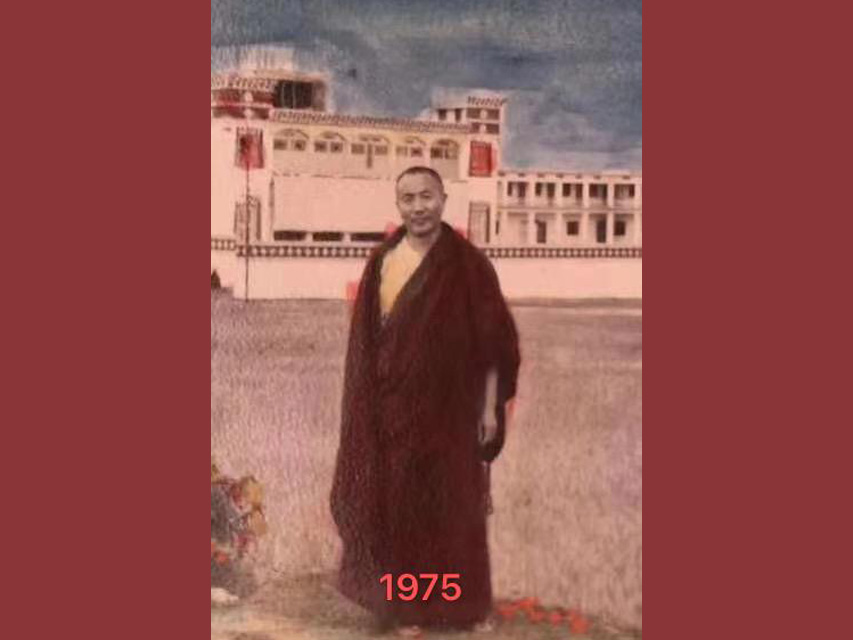Photos
Inauguration of Bust Statue of Lt. H.E. Payul Dzongna Rinpoche
On November 12th 2020, I was invited to inaugurate the bust statue of H.E. Payul Dzongna Rinpoche at Dhondupling, Tibetan settlement in Clement Town, Dehra Dun in North India. After we had completed the program that was scheduled for that day, I came to know that many people, especially the younger generation of Tibetans, from the age 15 to 45, had no idea who Payul Dzongna Rinpoche was and what his contribution to the Tibetan community was spiritually and in other ways. They just knew he was a Rinpoche (spiritual master), that’s it. So I am here today sharing what little I know about him or heard about him with you all.
His Eminence Payul Dzongna Rinpoche was born in the year 1931 in Tibet. There Rinpoche completed his studies in Tibetan Buddhist philosophy and received many teachings from great masters in Tibet during that time. In the year 1964, due to the difficult situation in Tibet, many Tibetans felt insecure and fled to India, so did Rinpoche. The Indian Government without any hesitation generously welcomed around 80,000 to 90,000 Tibetans. They also gave land to them to build what they then thought was their temporary settlements. During the first year in India, Tibetans had to go through many difficulties, food was scarce, funds were low, they were not accustomed to the hot climate and the language was foreign to them.
Under the circumstances the Indian government did their level best. Due to the sudden change of climate, unfamiliar environment and lack of immunity to new disease, many Tibetans died. After Rinpoche’s arrival in India, Rinpoche along with H.H. Dudjom Rinpoche and Gungtang Tsultrim (Rinpoche’s childhood friend) served the Tibetan Government in Exile in Dharmasala under the leadership of His Holiness Dalai Lama.
They were in the Education Department along with other Rinpoches and other lay Tibetan people. Realizing that education was a very important and integral part for the survival of our language and culture, they worked very hard for many years with the best of their ability. The basic format of the modern school curriculums which still continues to be followed in schools for Tibetans in the remote places and in the settlements were conceived during their service. Later, due to differences of viewpoints with the authorities, 3 of them and many others left their service. Rinpoche then went to Rewlasar (Tso Pema), the holy pilgrimage place of Guru Padmasambhava which was around 4 hours’ drive away from Dharmasala. Dudjom Rinpoche left for Kalimpong and Gungtang Tsultrim left for Clement Town, Dehradun. During Rinpoche’s stay in Rewalsar, Rinpoche came to realize that the religious sector was in a poor state. In Tibet there was no problem as both the religious and the civil sectors were flourishing but as refugees in a new country, everything had to rebuild again from scratch, especially for the sake of the younger generation of Tibetans. As such there in Rewalsar, Rinpoche decided to work towards the continuity of Buddha’s teachings. Thus Rinpoche started the Ngagyur Nyingma Philoshopy and Research College which was the first of its kind in India, with just few students.
While Rinpoche was in Rewalsar guiding the monk students, Rinpoche’s childhood friend, Gungtang Tsultrim, on his request had been given land by the Indian government in Clement Town, Dehra Dun. This land is now the famous Dhondupling, Tibetan Colony, Clement town, which is known to be one of the most advanced Tibetan settlements in India and also where Mindroling Monastery, main seat of Mindroling Lineage in exile is located.He had also opened a sulfur factory(chuna) and a handicraft factory for the Tibetan people to earn their livelihood. Although Rinpoche and Gungtang Tsultrim were in different places at that time they were in close contact with each other. Gungtang Tsultrim invited Rinpoche and offered him the land. It was a barren land which used to be an army camp during the British time. When Rinpoche arrived there he realised compared to Tso Pema , the land was conveniently close to the town , Dehra dun. Connectivity to other places and access to resources was easier than in Tso Pema. Rinpoche saw the potential in the land and accepted the invitation. Rinpoche continued with his Ngagyur Nyingma College curriculum here.
During his time here, Rinpoche and H.E. Khochen Rinpoche had discussions about the Nyingma tradition, how to sustain it and about setting up Mindroling, as being the source of Nyingma Lineage. This is how the main seat of Mindroling was established to what it is now. Rinpoche provided financial support to many other projects and provided fooding and lodging to the younger monks who came there to study. Although Rinpoche himself had financial constraints not having any personal wealth to support those in need, he would borrow money to continue to help them. Many had benefited from Rinpoche’s compassionate generosity. A few of those who completed their studies and are elderly now continue to serve the monastery and community. A few have left the monastery but are successful in their own life. Around the year 1996/97 Rinpoche, with great difficulty was able to payback the debt. The debt he incurred was not for himself but for the people in need. Few years after Rinpoche was in Clement town, just when things were going fine, Gungtang Tsultrim, his childhood friend was unfortunately assassinated.It was rumoured that he was assassinated by a Tibetan due to disagreements and because of political intrigue. It was a big loss for the Tibetan settlement here in Clement Town.
After his childhood friend’s passing, Rinpoche was elected as the President of the settlement in succession to his friend. After a few years, Rinpoche got permission to go to Tibet. There he helped in the reconstruction of the Payul monstery. Rinpoche also traveled to many different countries teaching the Dharma. Rinpoche continued his work in Dehra dun but due to the continued political intrigue in the Tibetan community, it was difficult for Rinpoche to stay in India, so He left for Nepal. There in Nepal Rinpoche build a monastery and school for the people. Around the age of 56, at the end of the year 1987 Rinpoche passed away. It was a great loss for the Tibetan people and especially for the younger generation. After Rinpoche’s passing, H.E. Khochen Rinpoche was elected as the President of the settlement and continues to remain so.
Among all of his great works one of H.E. Payul Zongna Rinpoche’s biggest contribution is being the Pioneer who reestablished Mindroling Monastery in India and inviting HH. The 11th Mindroling Trichen Rinpoche and his family to Mindroling Monastery from Kalimpong. His was known to be an honest and straight forward person, fearless in expressing his opinions and not hypocritical. So today in remembrance of this great being I am sharing with you his memorable life story and his contributions to the Tibetan society in exile and in Tibet. This memorable bust statue is not a show piece or decoration piece. we need to know about Rinpoche’s life-story, appreciate his contribution to the Tibetan community and the younger generation need to know about him.Whatever wherever we are now, the benefits,the recognition in the world,who we are as Tibetans, why we enjoy those benefits, are due the contributions of great people like him who sacrificed their life for the continuity of our traditions or religious beliefs. We should never forget them.
This is my short message.

